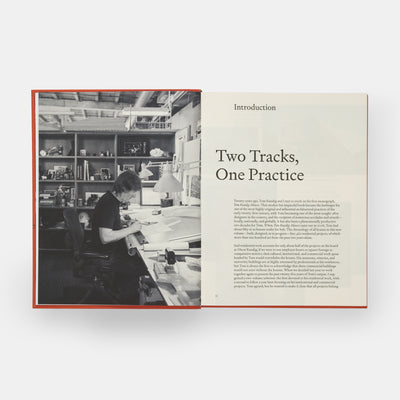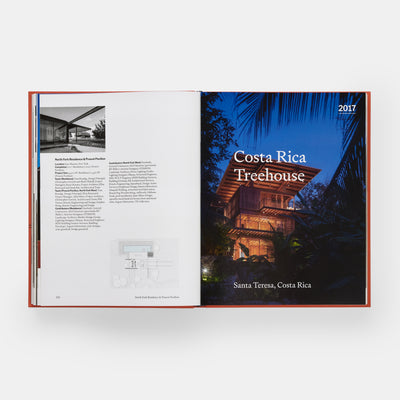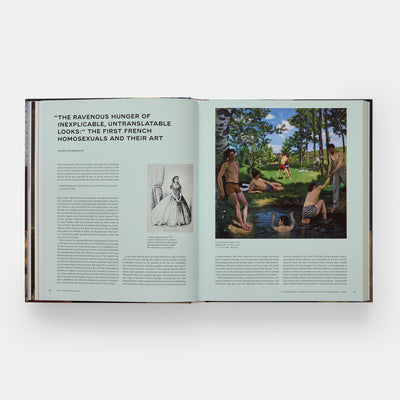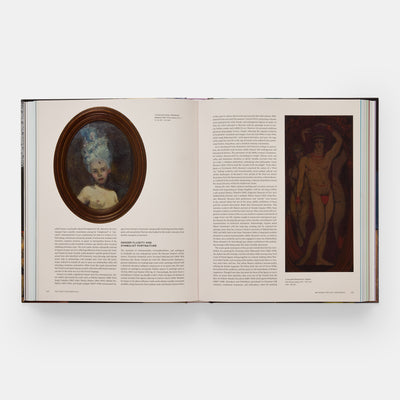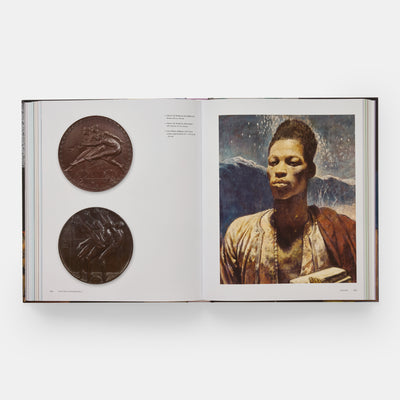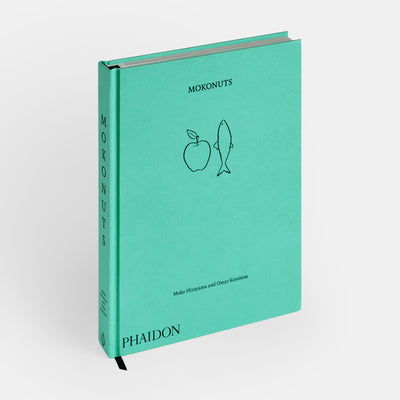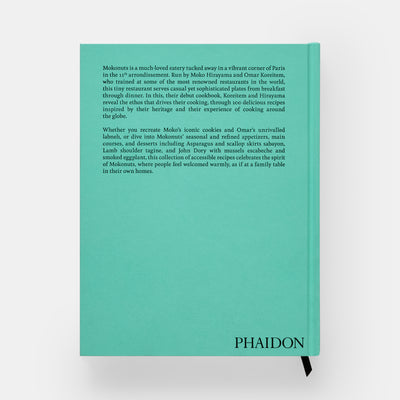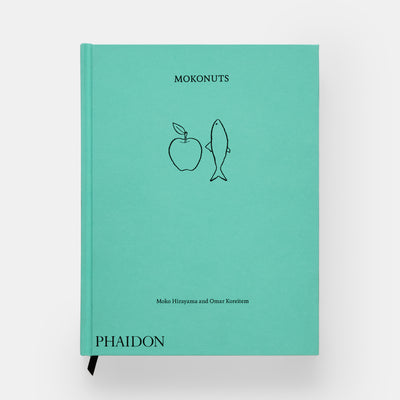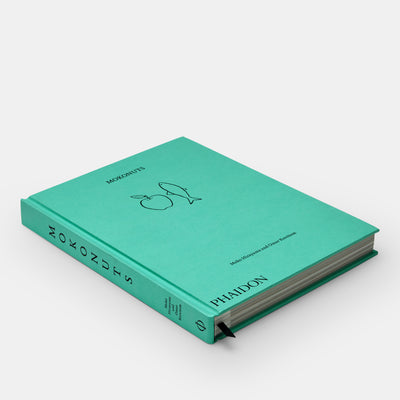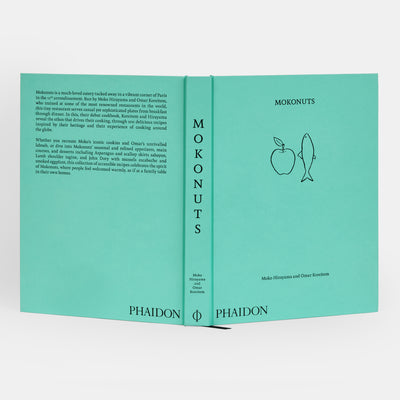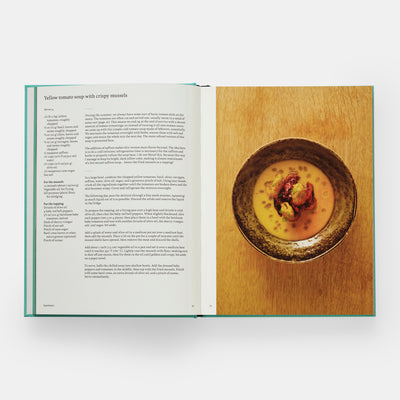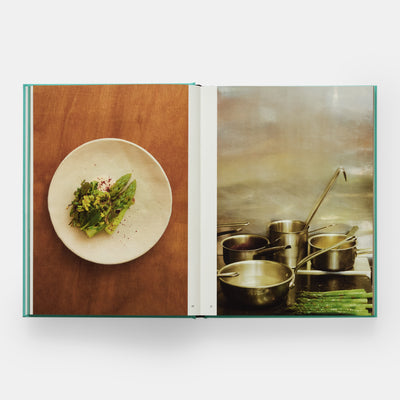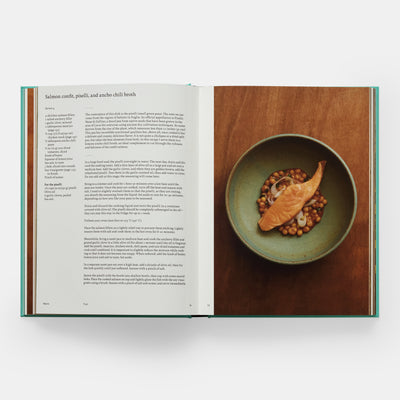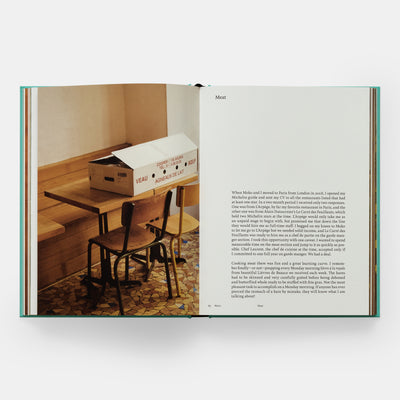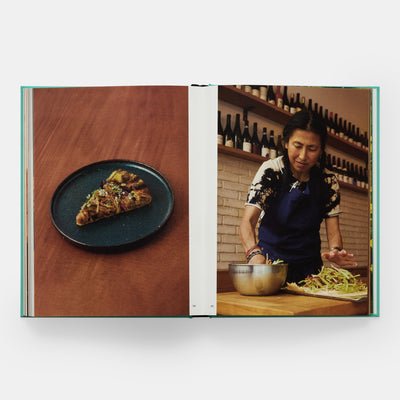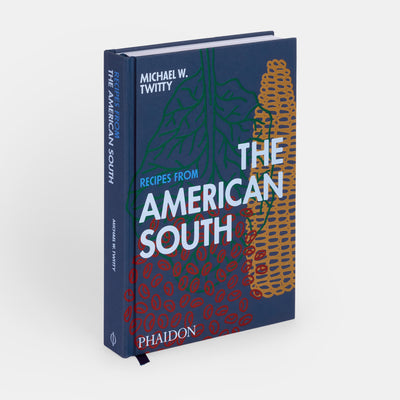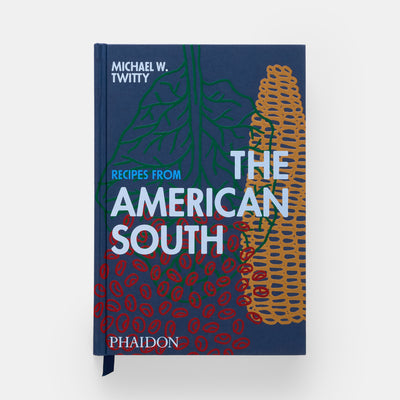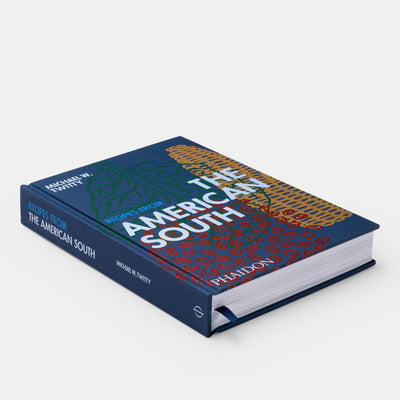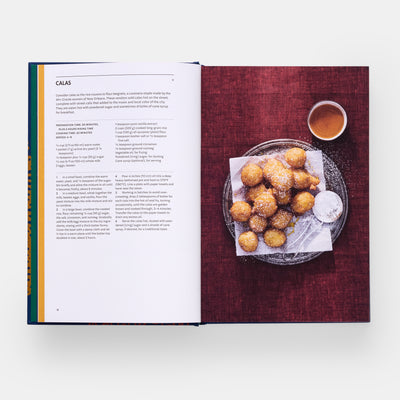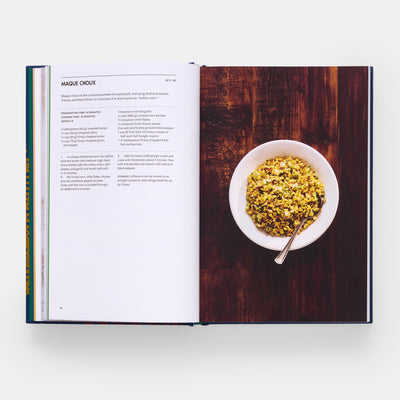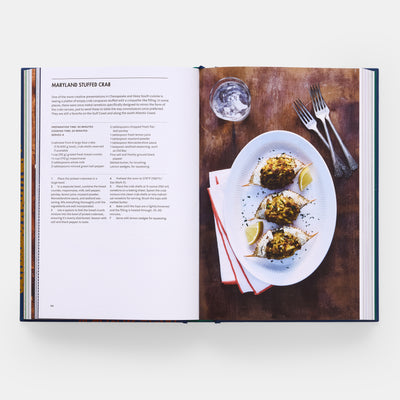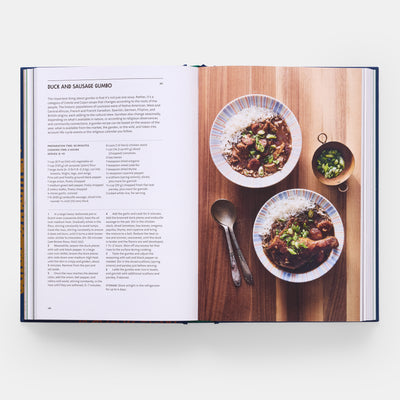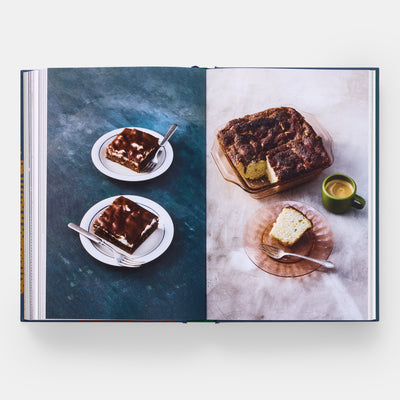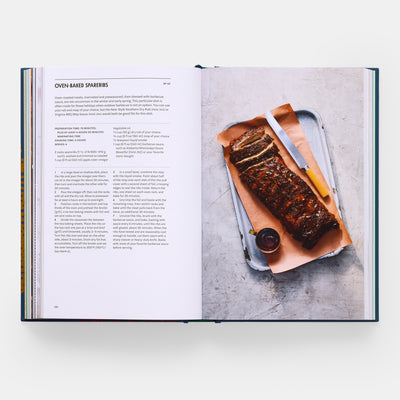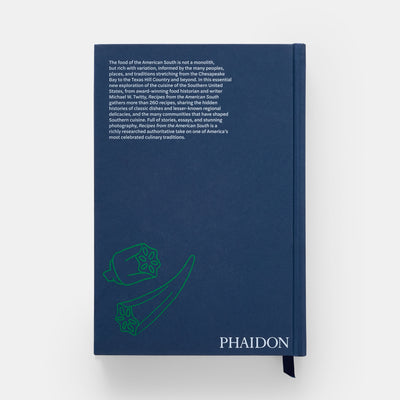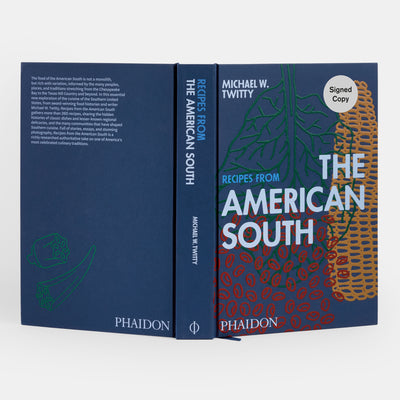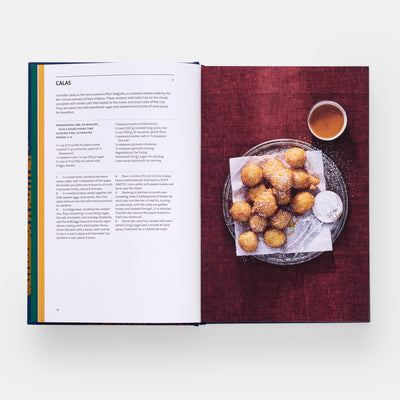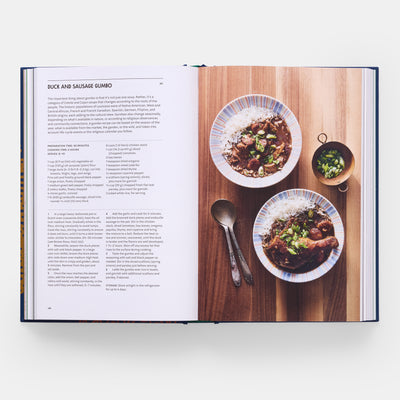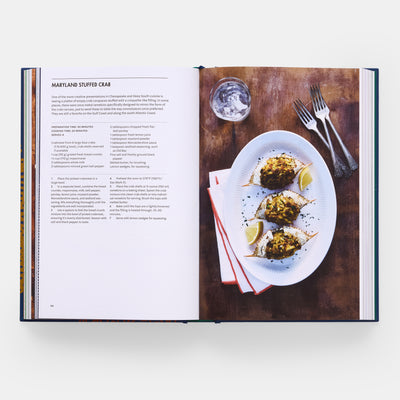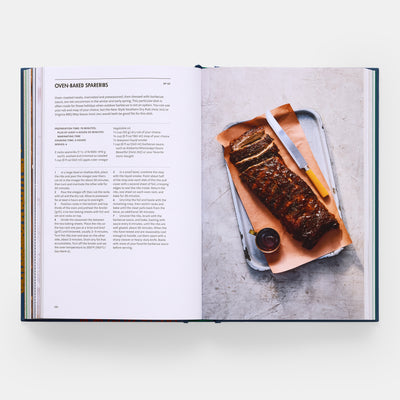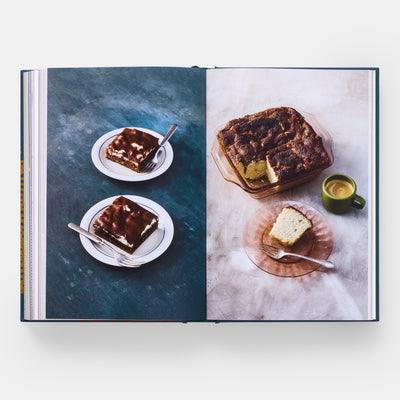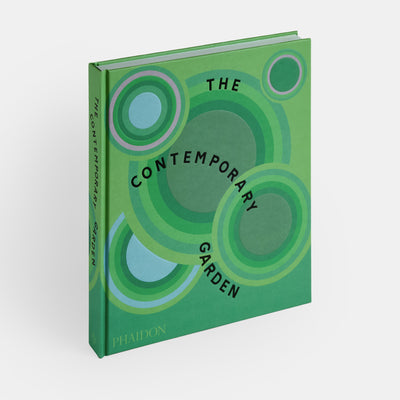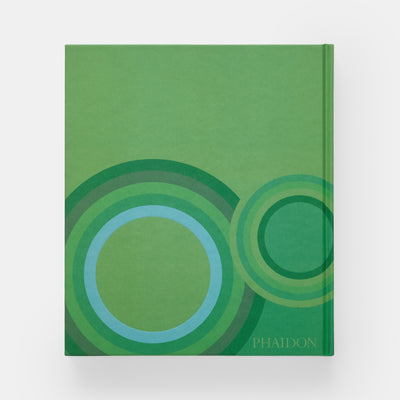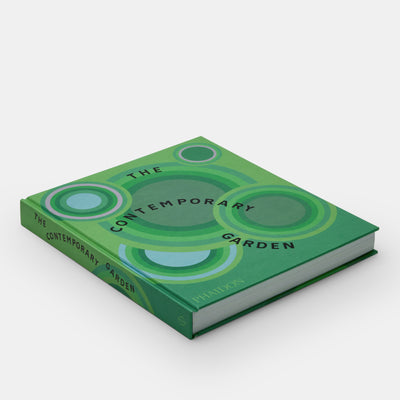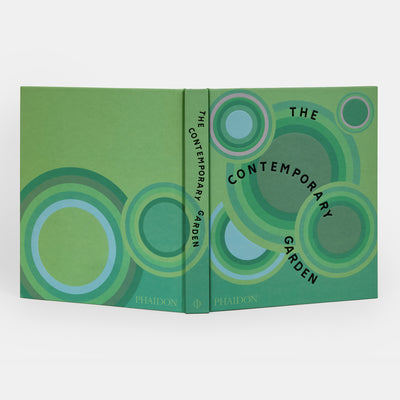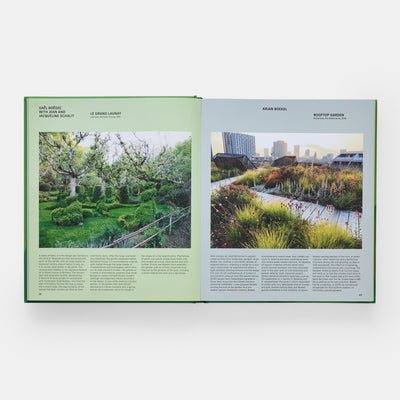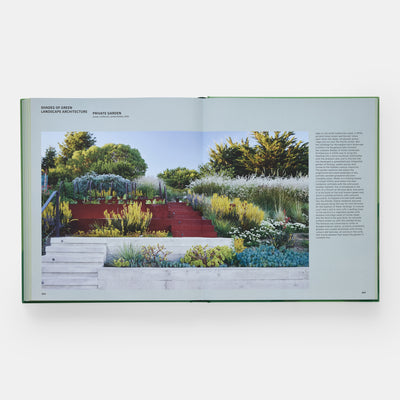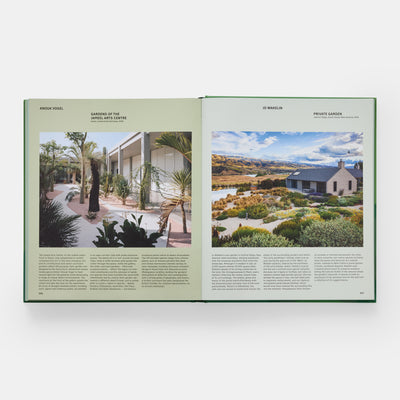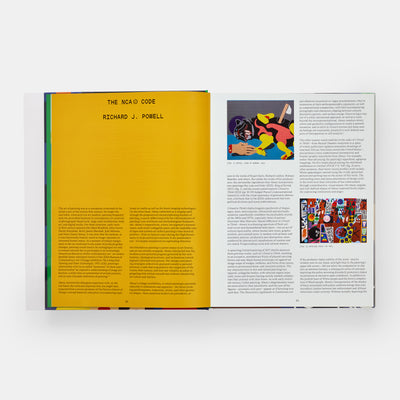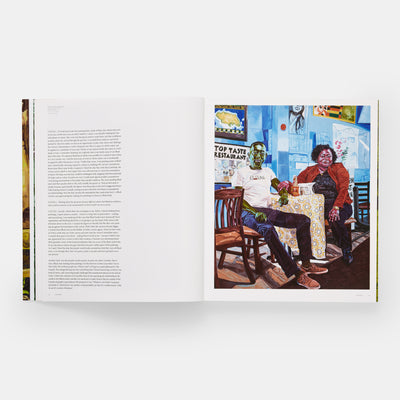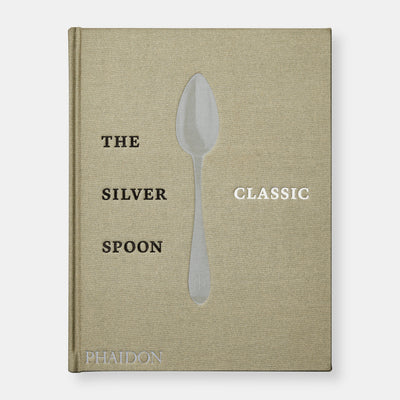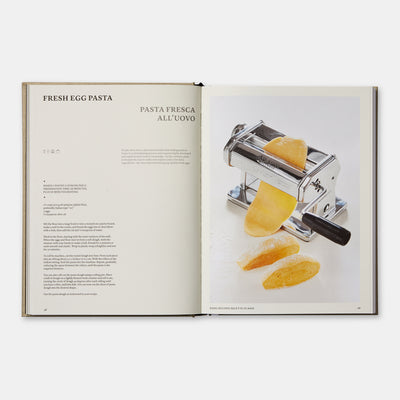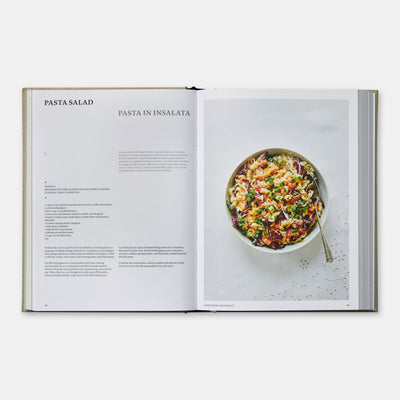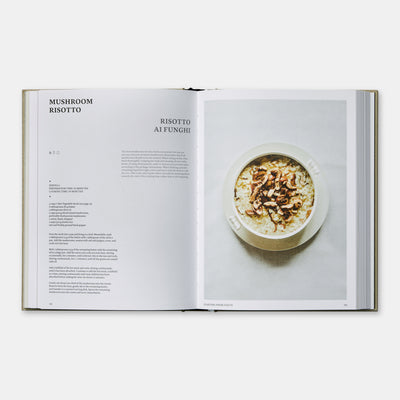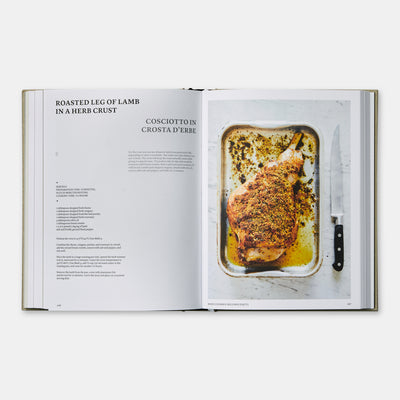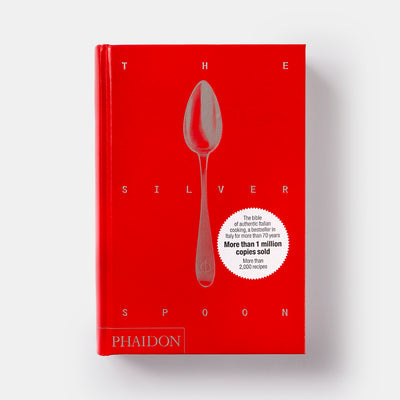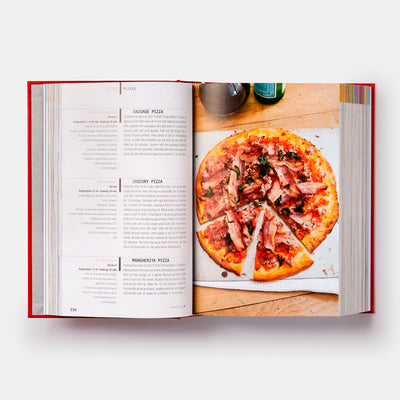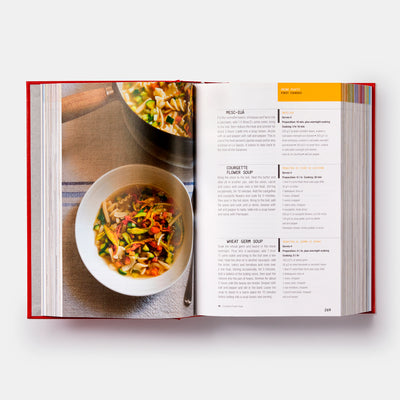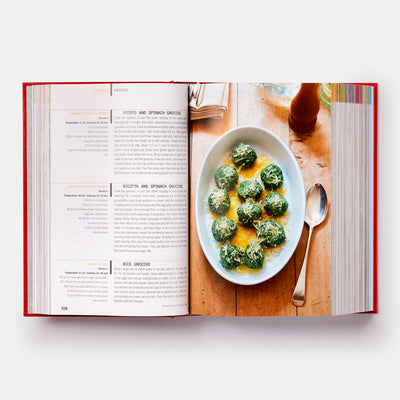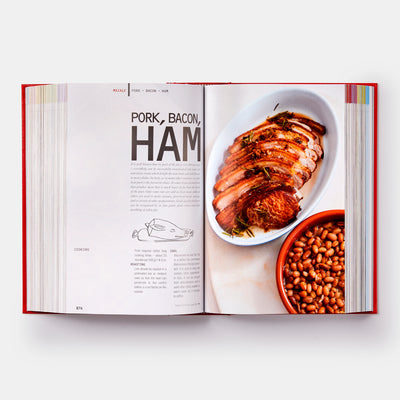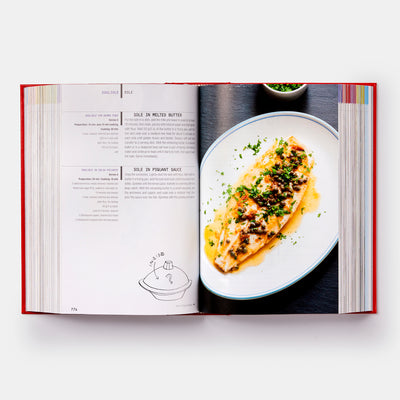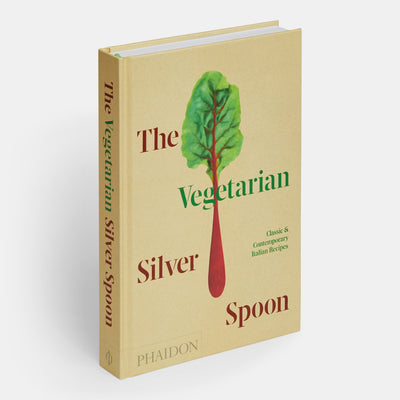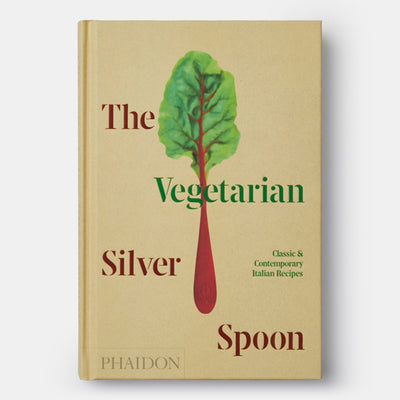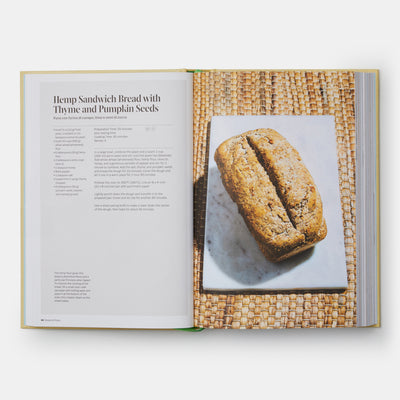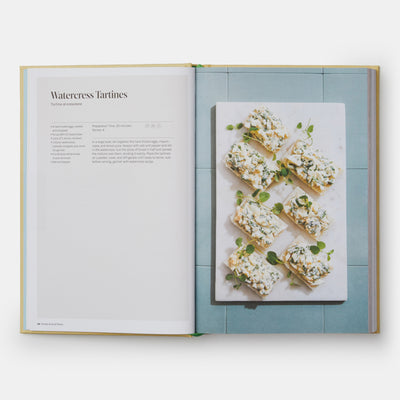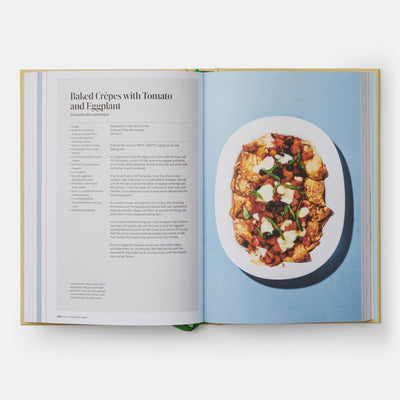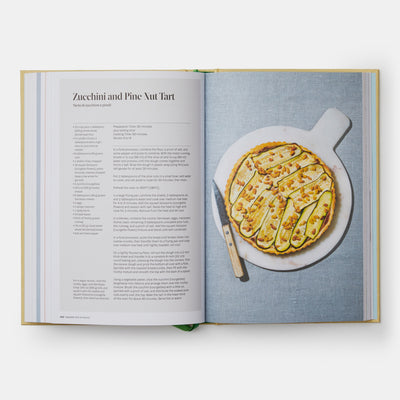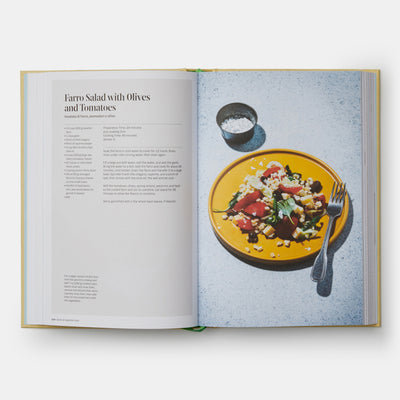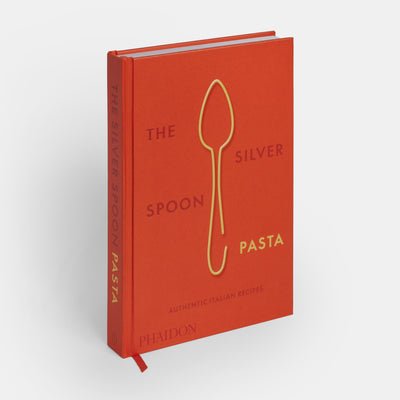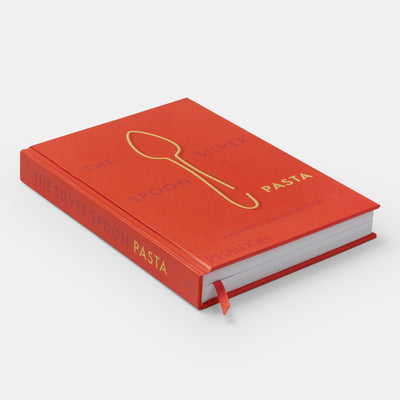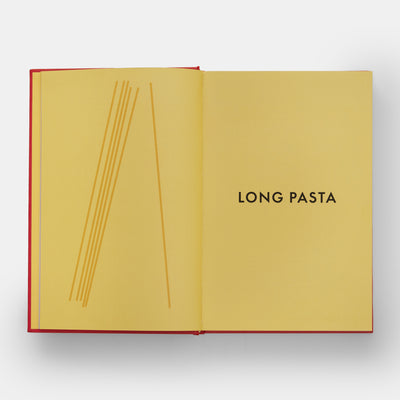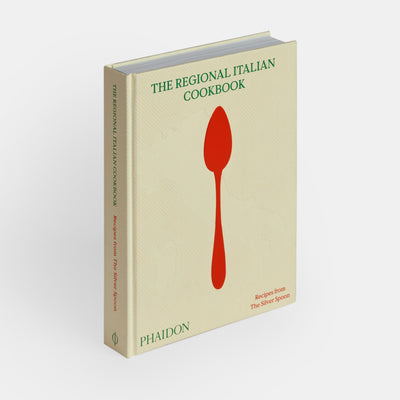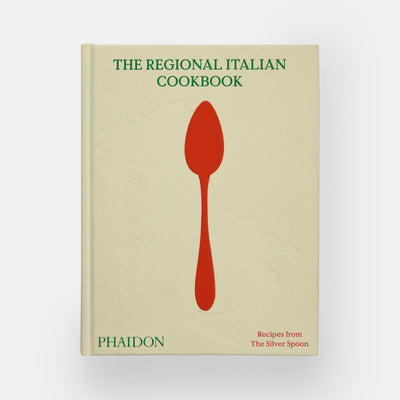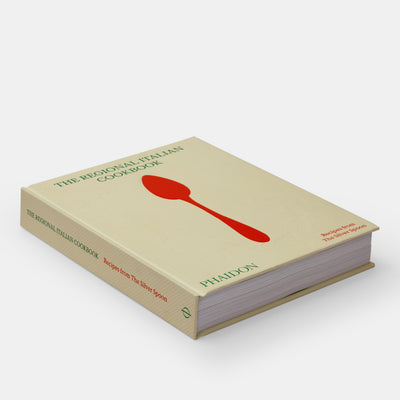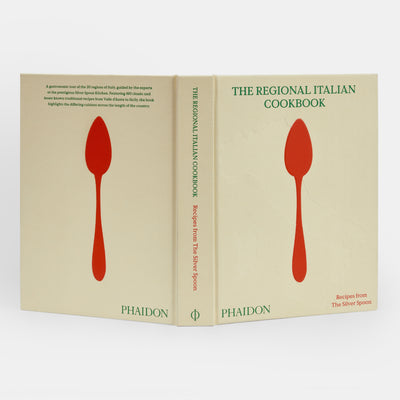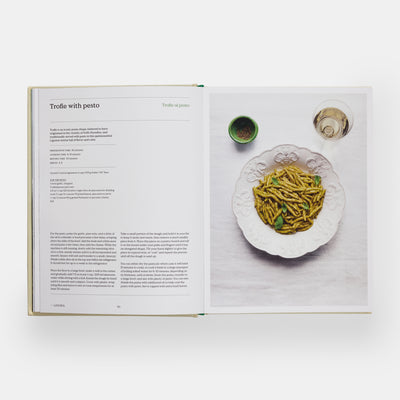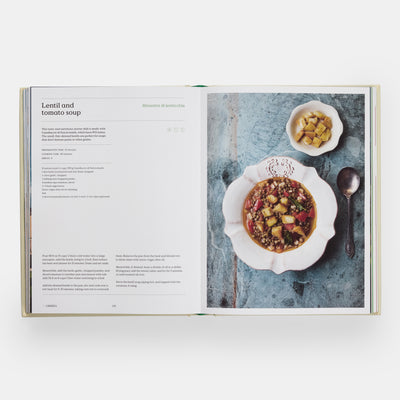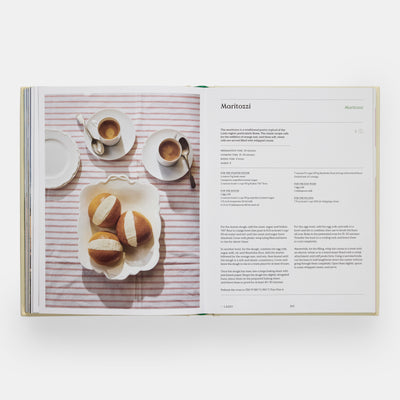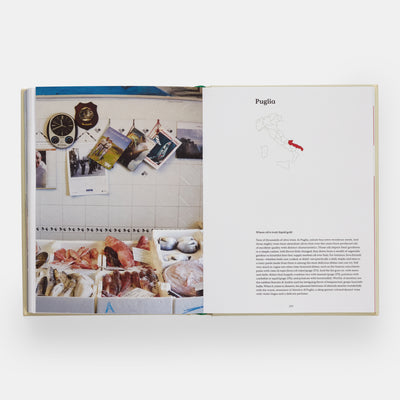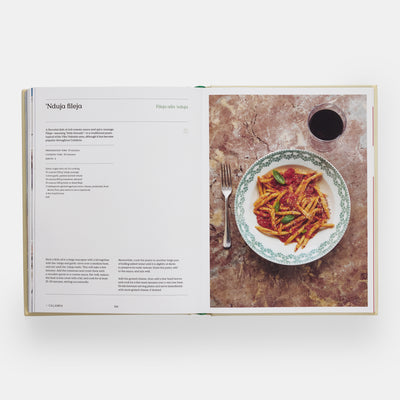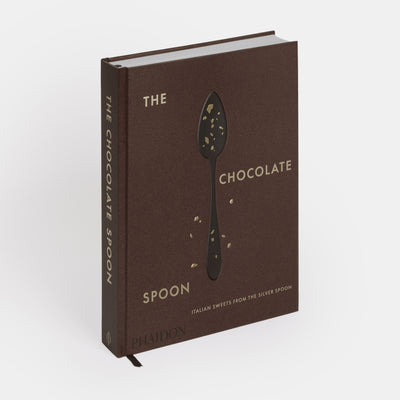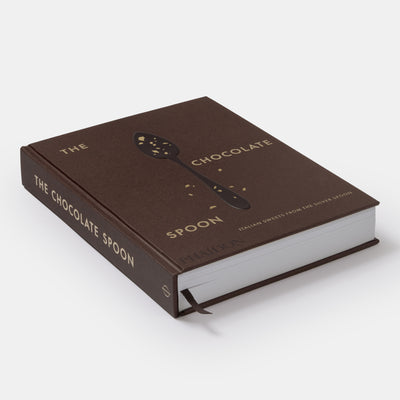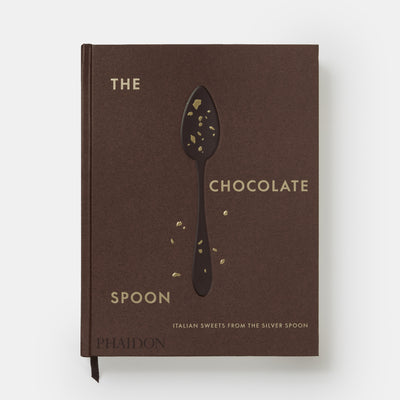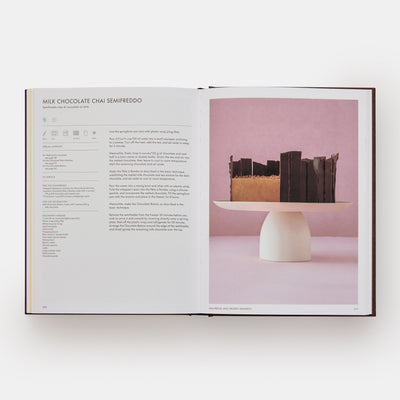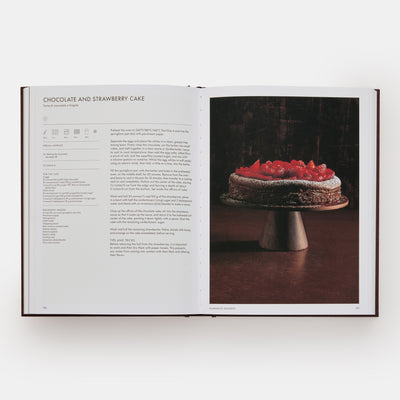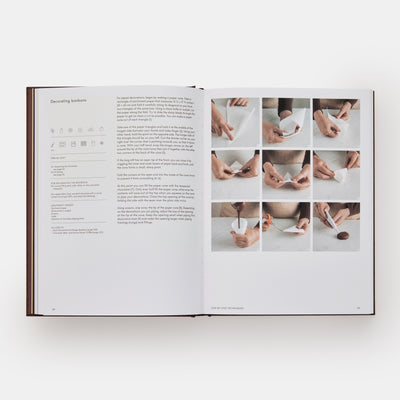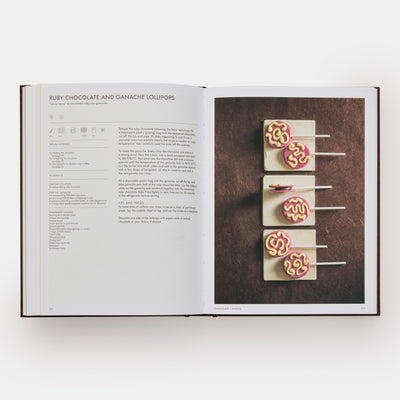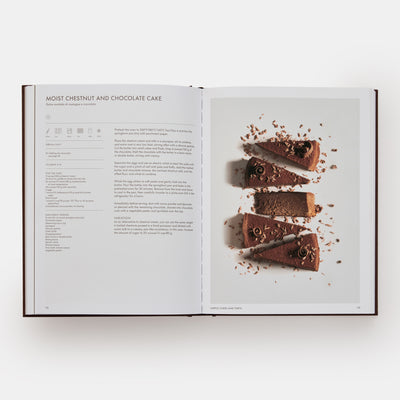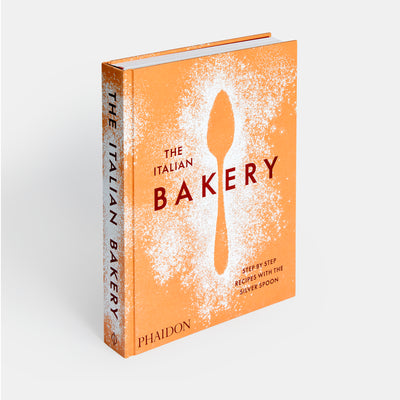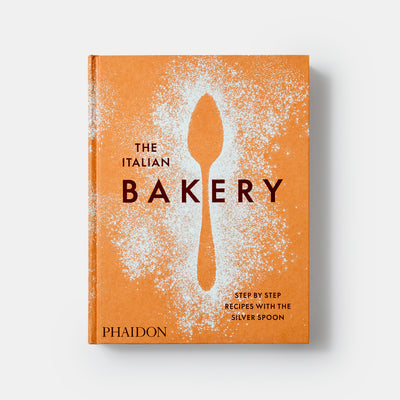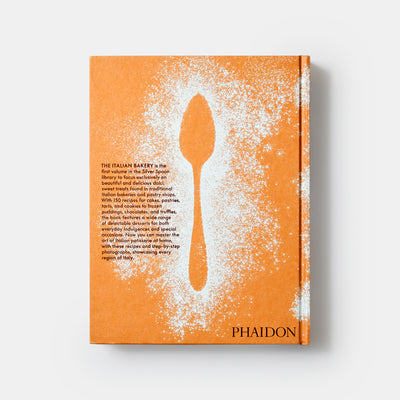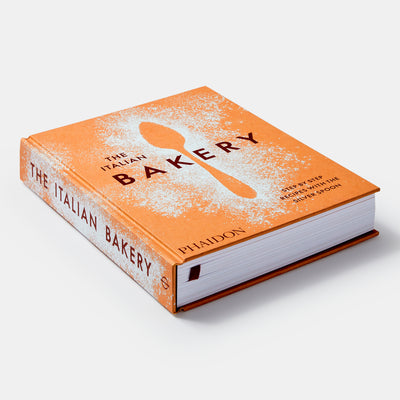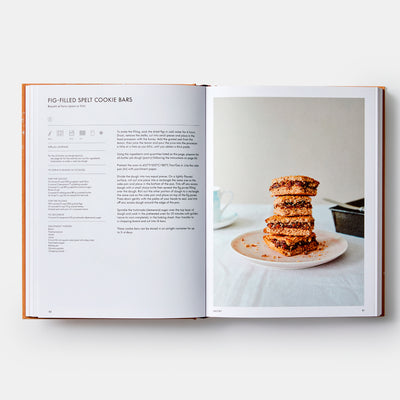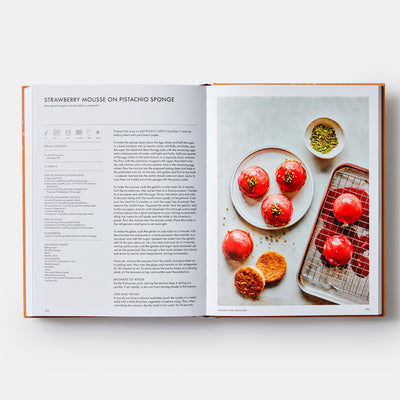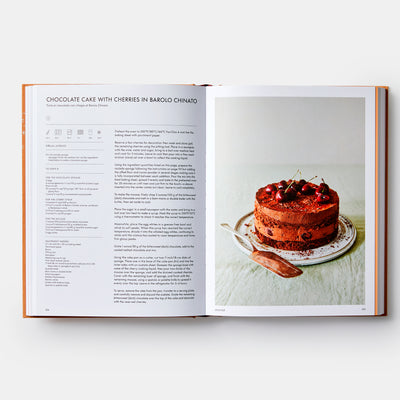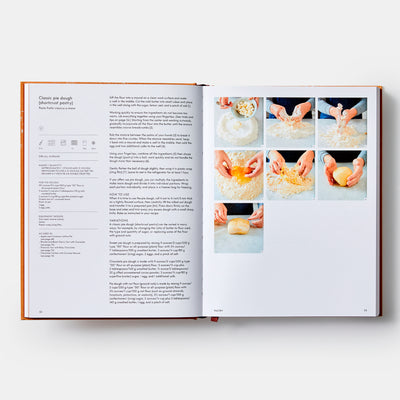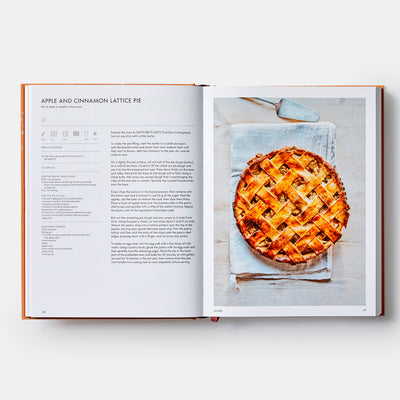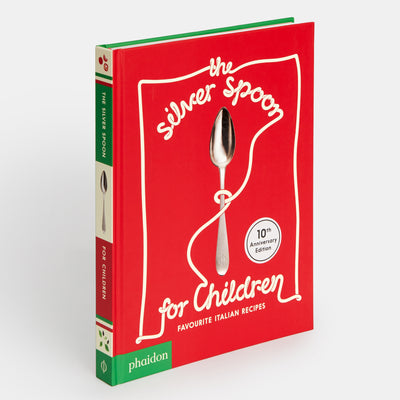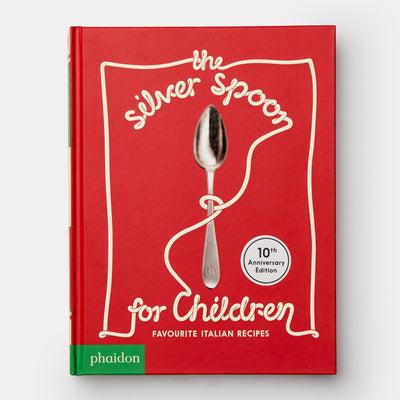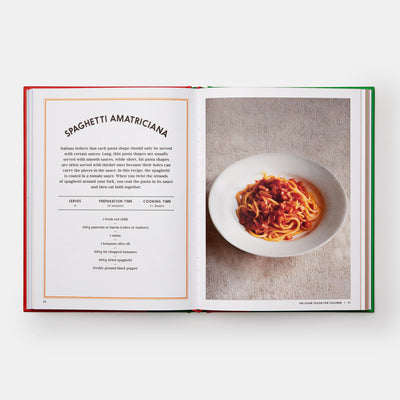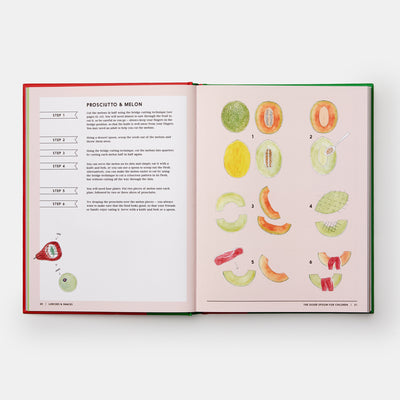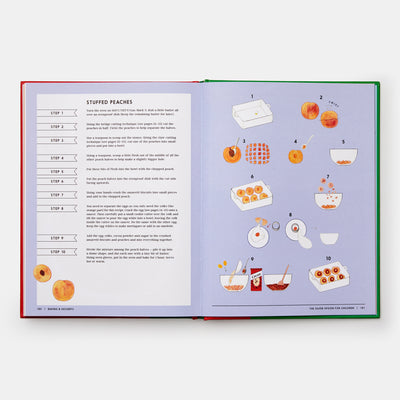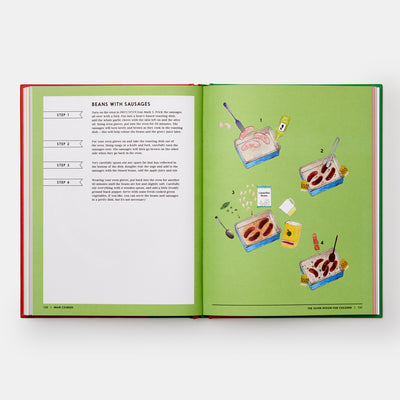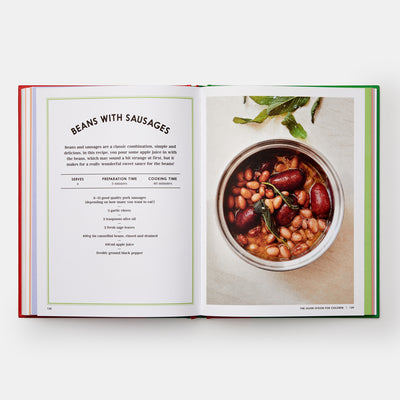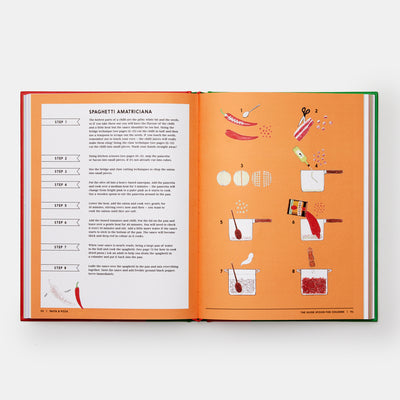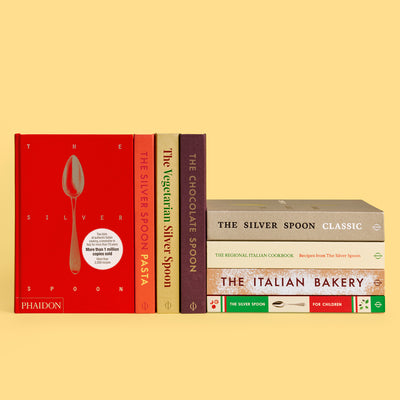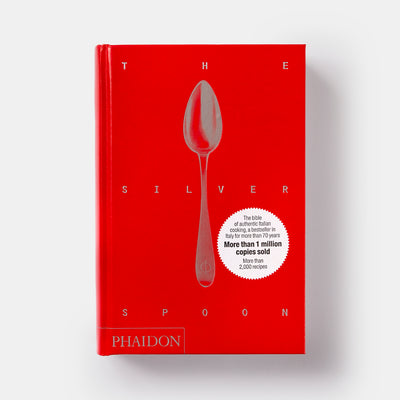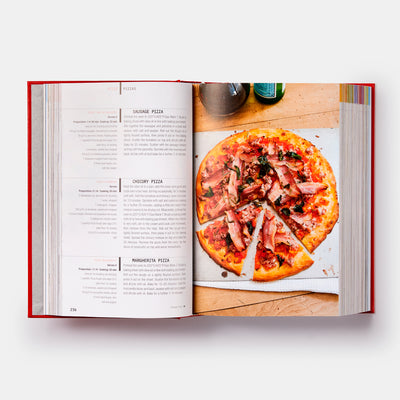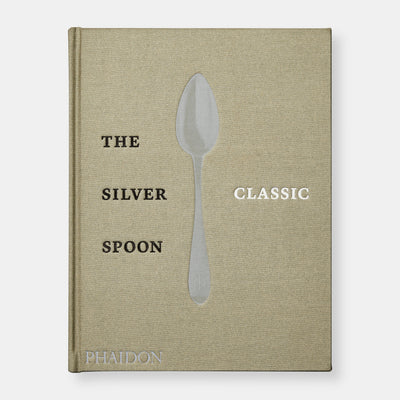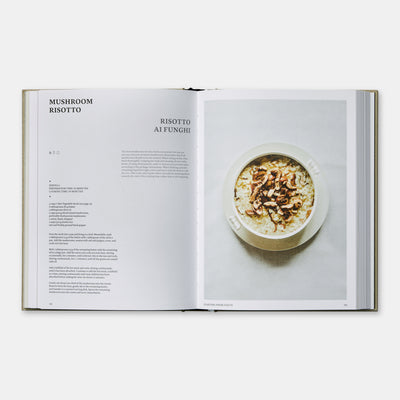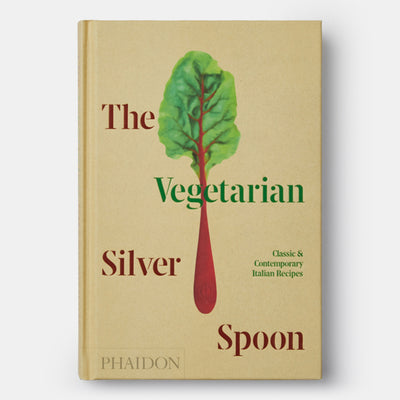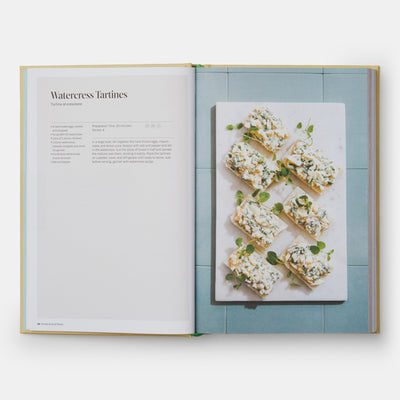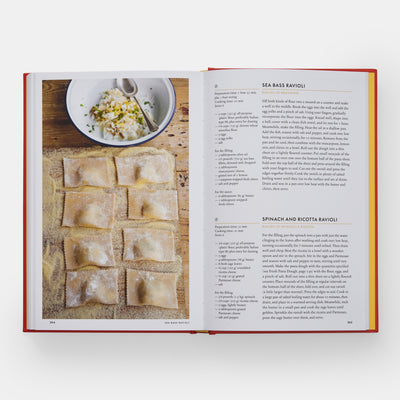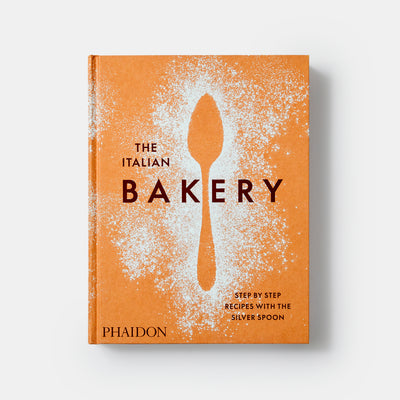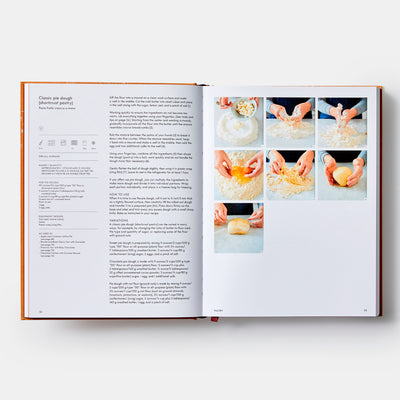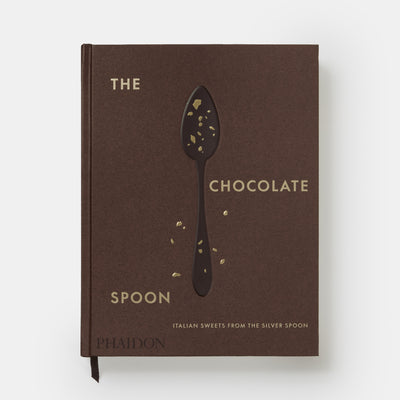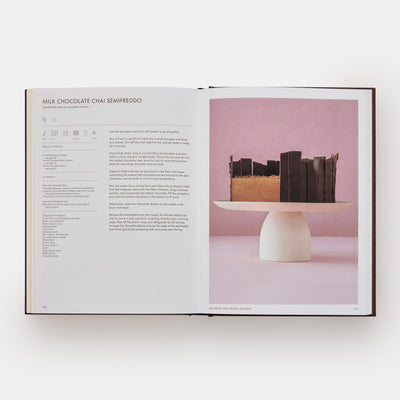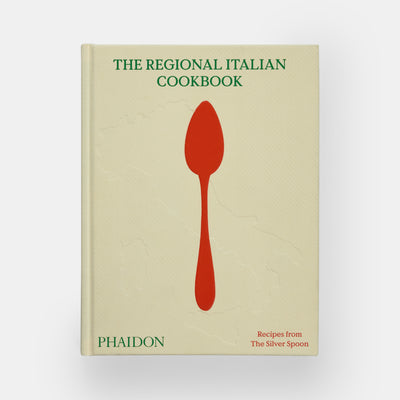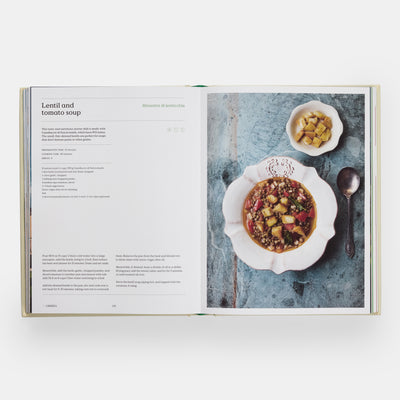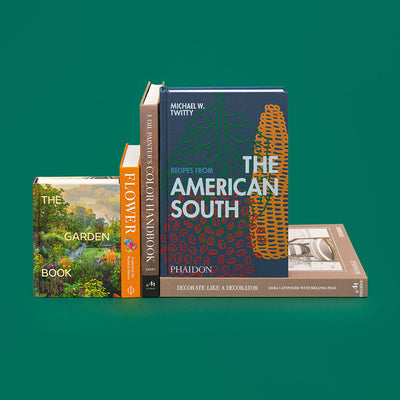Italian cuisine, beloved throughout the world, has, at its heart, superb ingredients. By combining just a small bounty from nature’s harvest, Italian home cooks regularly create plates of food bursting with goodness and delicious tastes.
Rather than using complicated cooking techniques and a huge number of ingredients in each recipe, Italian cuisine relies on the superb quality of the food available throughout the country.
But while you may not be gazing upon the sunlight warming a Tuscan hillside kitchen vegetable garden, (allow us to dream), that’s not to say you can’t create great tasting dishes from our series of The Silver Spoon Italian cookbooks at home - wherever home may be.
In our Silver Spoon series of books, easy-to-follow recipes encourage experimentation with a handful of select ingredients while respecting traditional methods. From pasta dishes drenched in rich sauces to simple, fresh salads bursting with flavor, every recipe is designed to inspire you to cook with confidence and creativity.
Here courtesy of our The Silver Spoon books is a celebration of the key ingredients that are essential to the heart of Italian cooking. And it’s not all about pasta, though what celebration of Italian ingredients could possibly leave out that humble yet versatile foodstuff? So that’s where we’ll begin.

Sea Bass Baked in a Parcel (Branzino al Cartoccio). Photography: Haarala Hamilton
PASTA - Italy is the master at producing, cooking, and flavoring pasta. There are over 150 different varieties, short and long, that cook to “al dente” perfection, and hundreds of sauces and flavor combinations to match. Already by the mid-1800s, Gragnano, Torre Annunziata, Amalfi, and Naples, all in Campania, had become major centers for pasta-making, with pasta factories and noisy streets filled with macaroni, and where spaghetti would be stretched out on open looms to dry by the heat of the sun.
Later, as the industry developed, other important regions emerged, such as Emilia-Romagna, Abruzzo, Puglia, and Sicily. Today, Italy has an annual pasta production of three million tons, half of which is for export, while each of the country’s inhabitants consumes about sixty-two pounds (twenty-eight kilograms) of it each year.
Added to this are the amounts of fresh and filled pastas that are also part of its DNA: tortellini in Bologna, cappelletti in Reggio Emilia, cappellacci in Ferrara, cannelloni in Rome, and all over Italy you can find much-loved lasagna and countless varieties of ravioli. Simply cooked pasta is the easiest way of bringing the whole family together at mealtimes.

Parmesan Eggplant (Marmigiana de Melanzane). Photography: Haarala Hamilton
CHEESE - Italy is obviously heaven for cheese lovers. From the north to the south, Italy’s regions produce such an abundant supply of milk that cheese has always been made, either by natural methods in the past or with the industrial processes of the present. Italy is home to more than four hundred cheeses, practically all of them exceptional in terms of their diversity of flavors and levels of aging and hardness.
Famous throughout the world is Parmesan, Parmigiano Reggiano, centuries-old goodness that the whole world envies the Italians for. Then there is Pecorino Romano, with its sweet “bite” that enlivens the palate. White, smooth, and shiny mozzarella di bufala is the only “genuine” buffalo-milk mozzarella; anyone traveling to discover the south of the country knows that after the twists and turns of the coast, descending toward the lowlands of the Piana del Sele, you enter its realm: Battipaglia, Eboli, Capaccio, Benevento, Caserta, Naples, and Salerno.
Other delicacies include provolone from Puglia, a stretch-curd cheese “spun” by expert hands to a harmonious score of spicy and delicate notes; Taleggio from Lombardy, its softness being its sign of excellence; the seductive Gorgonzola from the province of Novara, made using an intriguing ferment of divine green mold; white fontina from the Valle d’Aosta that is made into a creamy and indulgent fondue; and fresh white ricotta cheeses to spread on bread, the intense flavor of its smoked or baked versions grated over pasta.

Roasted Tomatoes with Balsamic Vinegar (Pomodori all’Aceto Balsamico in Forno). Photography: Haarala Hamilton
OILS - Italy is the fragrance of excellent oils. Oils from Tuscany, strong flavored and fragrant like those from Chianti, or pale and delicate like those from Lucca, all have a taste as intact as the landscape, of the vines and olive trees of their origin. The green and lightly flavored oil of Umbria is scarce, making it highly prized, the undisputed condiment of a cuisine that still ignores the gentle flattery of butter. On the other hand, almonds and pine nuts are the flavor of the very fine olive oil from Liguria, with its golden color and subtle fruity aroma—the star, together with basil, of that marvelous green sauce called pesto, one of the absolute hallmarks of Italian cuisine.

Milanese Osso Buco (Ossibuchi alla Milanese). Photography: Haarala Hamilton
CURED MEATS - Italy leads the world in the art of transforming the meat of the beloved pig into an amazing array of products. Emilia-Romagna is as close as you will come to pork paradise, with cities and towns even identified with particular products: Zibello, for example, is known for culatello and Felino salami; Bologna for mortadella; and Parma for its namesake ham, a rosy, sweet, and delicate prosciutto branded with the five-pointed ducal crown, and the first in Italy to enjoy protected designation of origin (PDO) status: its production is restricted to the province of Parma, which rises to an altitude of 2,953 feet and where the air is ideal for curing.
However, Italy is dotted with other splendid ham-producing locations. They include the Berici and Euganean Hills of Veneto, whose excellent prosciutto bears the winged lion of Venice. And then there is San Daniele in Friuli: 2.5 million hams a year, which are immediately recognized because they keep their feet (trotters). Even higher up, at an altitude of 3,937 feet (1,200 meters), Carnia is undoubtedly Italy’s highest ham-producing center and home to smoked Sauris prosciutto. Other notable cured hams are produced in Marche, Tuscany, and Sicily.

Baked Radicchio (Radicchio al Forno). Photography: Haarala Hamilton
VEGETABLES - Italy is a paradise of vegetable gardens and orchards. Eggplants (aubergines); zucchini (courgettes); fennel; tomatoes; peppers; artichokes of not just one type, but of the most varied shapes, colors, and flavors; dozens of crisp lettuces, long and round varieties of radicchio, and curls of puntarelle; the scent of basil and mint, and the aroma of truffles. Italy is also a land of rare and sought after flavors; like the basil that was once grown on the sloping terraces of the legendary stretch of coastline between Pegli and Pra and is now produced in greenhouses. Like the truffle from Alba, in the Langhe area of Piedmont, pale shavings of which form a thick layer on fondues, taglierini (tajarin), and carpaccio.
In the north of the Marche region, the white truffles found in Acqualagna, Sant’angelo in Vado and Visso are overwhelmingly in demand. In neighboring Umbria, the lumpiest and most fragrant of all is the “fine black truffle,” which is sprinkled into skillets (frying pans) and enveloped in fluffy omelets. And then there is the smell of pears and melons, the fragrance of peaches and apricots, of cherries, strawberries, and raspberries. Of oranges, lemons, and mandarins, which are not only seen as fruit with a hundred different sweet and sour flavors but also turned into incredible salads enhanced with oil and seasoned with salt crystals. Moreover, Sicily is truly a paradise for citrus fruits, which ripen in the warm sun of this most beautiful land.
Since its inception, The Silver Spoon has been a trusted guide in Italian cooking, showcasing the importance of ingredients and regional recipes in preserving Italy’s culinary heritage. The series of books serve as an essential resource for anyone looking to explore authentic Italian cuisine, offering a wide range of recipes that are rooted in tradition yet inviting for home cooks. Check out The Silver Spoon page in the store here.
Try this easy Silver Spoon recipe
TROFIE WITH PESTO - TROFIE AL PESTO
 Trofie with pesto. Photography: Matt Russell Liguria (Northern Italy)
Trofie with pesto. Photography: Matt Russell Liguria (Northern Italy)
Trofie is an iconic pasta shape, believed to have originated in the vicinity of Golfo Paradiso, and traditionally served with pesto in this quintessential Ligurian starter full of flavor and color.
PREPARATION TIME 40 minutes
COOKING TIME 6–15 minutes
RESTING TIME 30 minutes
SERVES 4–6
1 pound 2 ounces/generous 4 cups/500 g Italian “00” flour
FOR THE PESTO
1 clove garlic, chopped
3 tablespoons pine nuts
4 fl oz/1/2 cup/120 ml extra-virgin olive oil, plus extra for drizzling
scant 3 cups/21/2 ounces/70 g basil leaves, plus extra to serve
1/2 cup/2 ounces/60 g grated Parmesan or pecorino cheese
Salt.
For the pesto, pulse the garlic, pine nuts, and a little of the oil in a blender or food processor a few times, scraping down the sides of the bowl. Add the basil and a little more oil and pulse a few times, then add the cheese. While the machine is still running, slowly add the remaining olive oil in a thin, steady stream until it is all incorporated and smooth. Season with salt and transfer to a small, clean jar. Drizzle a little olive oil on the top and chill in the refrigerator. It should last for up to a week in the refrigerator.
Place the flour in a large bowl, make a well in the center, and gradually add 7 fl oz/scant 1 cup /200 ml lukewarm water while stirring with a fork. Knead the dough by hand until it is smooth and compact. Cover with plastic wrap (cling film) and leave to rest at room temperature for at least 30 minutes.
Take a small portion of the dough and hold it in your fist to keep it moist and warm, then remove a much smaller piece from it. Place this piece on a pastry board and roll it on the board under your palm and fingers until it has an elongated shape. Tilt your hand slightly to give the piece its typical twist, or “curl,” and repeat the process until all the dough is used up.
You can either dry the pasta (in which case it will need 15 minutes to cook), or cook it fresh in a large saucepan of boiling salted water for 6–10 minutes, until al dente. Drain the pasta, transfer to a large bowl, and mix with plenty of pesto. You can also drizzle the pasta with additional oil to help coat the pasta with pesto. Serve topped with basil leaves.













































